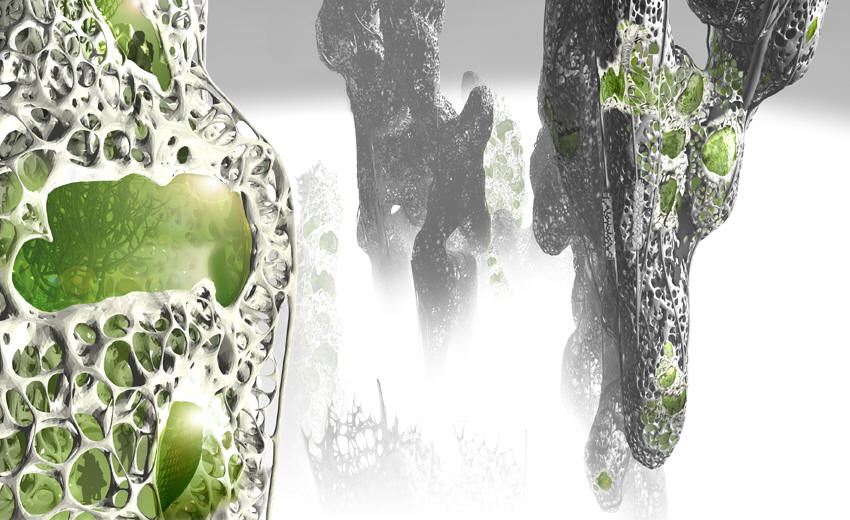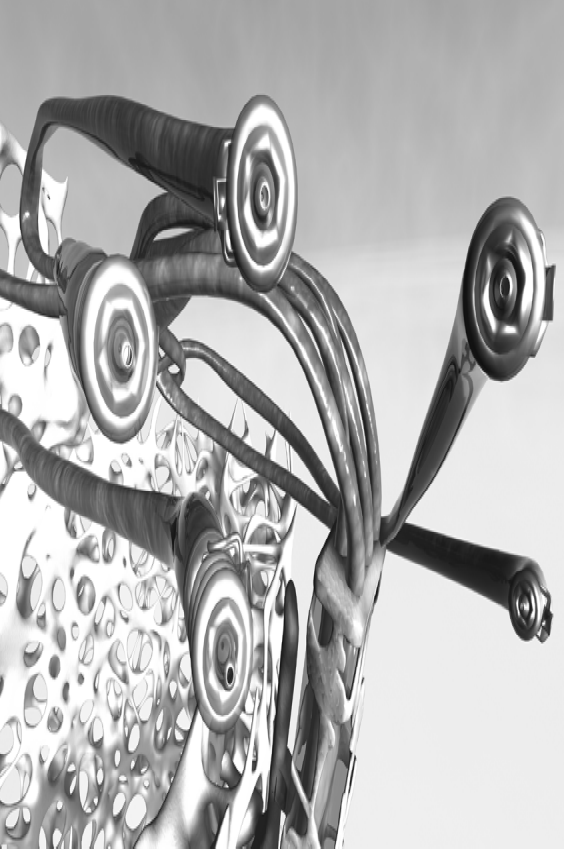I have never before played with electronics or microprocessors, let alone felt audacious enough to attempt an interactive installation. Of course with any newly learned skills I will need to keep practicing, and it can sometimes be difficult to find the initiative to do this - however I believe that the rapid progression through this unit will now make it more likely that I have the confidence to attempt a project of complexity sufficient to be inspiring. In fact, if I have time, I would like to set up an interactive installation for the my end of year architecture graduating exhibition, which tends to be well attended and a bit of a party.
A particularly appreciated learning experience I think was the production of an installation, which in many ways was a 'real' project. Group work can be very stimulating, but can in a University situation be more often than in a workplace challenging because of unclear roles, lack of (or competing) leadership and group members who don't pull their weight. Thankfully this unit, as a whole of class group project led and facilitated by Stephen, proved to be very productive, and group members who had diverse backgrounds were able to contribute in different ways.
The best bit of the realness of this project was that Stephen left in all the messy bits: we were able to develop a design direction collectively, which is not the easiest processes; we had to shop for the components and materials, which were not always available meaning that we had to adapt the design; we had to investigate and learn new fabrication technologies; and ultimately we ran out of time to finish within the intensive class time! All wonderful lessons in production.
So through this unit I learnt some technical skills like constructing simple electronic circuits and drawing circuit diagrams, and working with various potentiometers and a microprocessor. I also gained great confidence in the adaptability of my programming, particularly in learning Arduino code, which is slightly different to Processing, and in figuring out how to make a library when I was stuck trying to implement classes.
More importantly perhaps were considerations of pertinent content, meaningful interaction, and legible interfaces and environmental responses in the design of installations. Although we were only able to include in our project some of these design and theory ideas, and perhaps in a fairly limited way, I found the class discussion on background readings and research for project proposals most engaging and worthy of expansion in future classes.
I am looking forward to continuing to work on our installation over the next couple of months. I hope that it can still be somewhat collectively curatable - that is I think that more than one person will be able to fit on the tiles at the same time and so suggest that a focus should be interaction between responses to multiple footfalls.
The theme of exploring self organisation is also something that I have had an ongoing interest in. I like very much the tactility of seeing and interacting with self organising systems that are rendered outside of the computer screen.
 |
| R&Sie(n) 'I've heard about' |
 |
| R&Sie(n) 'I've heard about' |
No comments:
Post a Comment